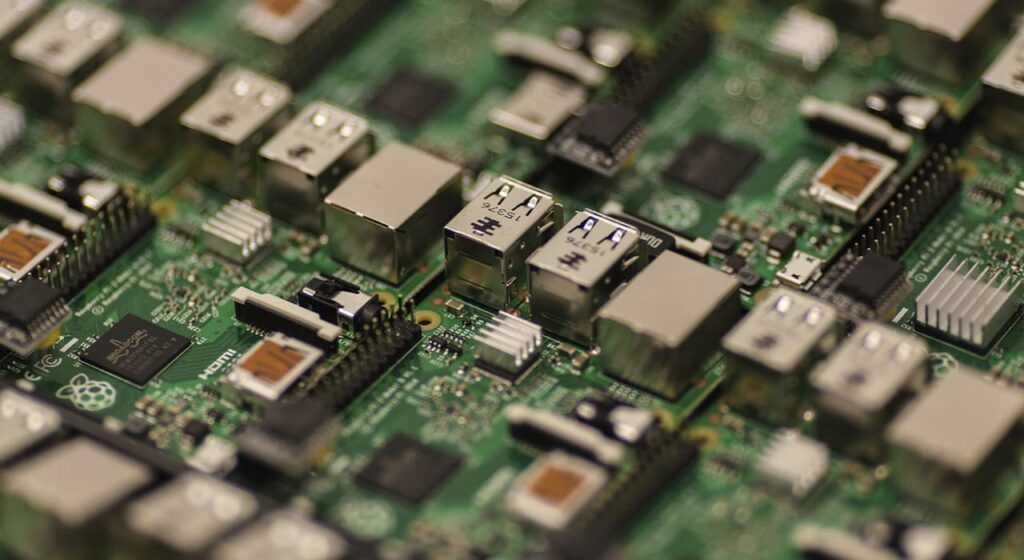The capacitor is an electrical element found in most devices used in everyday life. Its malfunction often leads to device failure, preventing its use, fortunately, replacing a damaged capacitor is simple, and the part itself is cheap and easily available.
A capacitor is a device that is used to store electricity because of the dielectric (non-conductive material) used in it. On wiring diagrams, it is marked with a symbol resembling two large letters T placed on its side and facing each other with their tops. From a practical point of view, if a device fails due to a damaged capacitor, the most important question is how to check whether the capacitor is in working order. If its visual inspection does not answer this question, you should measure the two most important parameters that define each capacitor: capacitance and series resistance.
What kind of household appliances have capacitors?
Although the principle of capacitors is always the same, they use different dielectrics (insulators). Therefore, in terms of design, capacitors are divided into ceramic, foil and electrolytic. In household appliances, the latter are the most common, and can be found in every device with a motor and electronics.
Why are capacitors used in household appliances?
Capacitors in household appliances have two functions: starting and protection against interference. Their use in the starting function is related to proper motor starting, and the interference suppression effect ensures the electromagnetic compatibility of electrical devices. What it means. Most electrical and electronic devices emit interference, among other things the correct parameters of the electrical network.
How do I check a capacitor?
How do I check the inrush and interference suppression capacitor at home? Can it be done without using specialized equipment? Why is it important to detect such a defect at all?
The only capacitor whose efficiency can be evaluated in some cases without the use of any devices is an electrolytic capacitor. Unfortunately, the absence of damage to other types of capacitors as well as electrolytic defects in most cases can only be evaluated by measuring capacitance and series resistance.
How to check an electrolytic capacitor?
In some cases, a damaged electrolytic capacitor makes it much easier to identify its failure because of the use of electrolyte as an insulator. This type of capacitor behaves like an old battery, that is, it “bulges” and you can visually detect electrolyte leakage in it. Such a capacitor with a bulging bottom and contaminated by leaking chemicals should of course be replaced immediately. However, if the capacitor looks visually good, all that remains is measurement.
